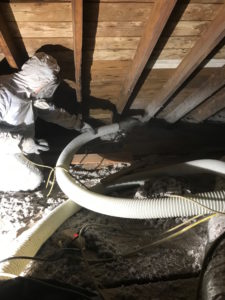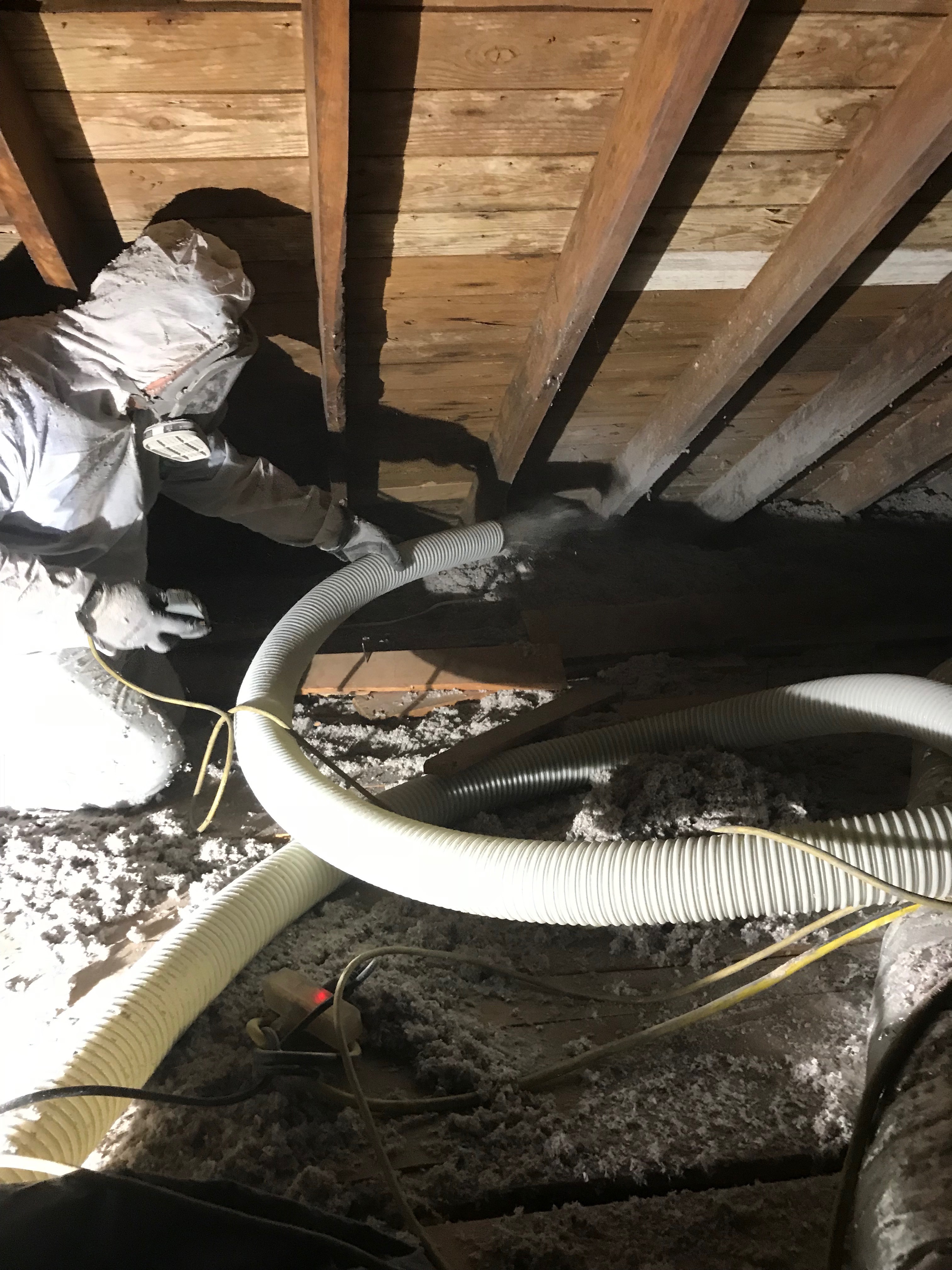 So many Virginians live in older drafty homes where comfort, indoor air quality, and energy bills are an issue. Many folks in the New River Valley could definitely use some weatherizing. Just about all older homes are very drafty and uncomfortable with energy bills through the roof. I’ve found that many people who live in the higher price-range homes care more about comfort than high bills. But few in this category seek out the right source for evaluating and fixing their issues. Not only can the comfort issue be resolved, but the price for work can also pay for itself with a very short return on investment.
So many Virginians live in older drafty homes where comfort, indoor air quality, and energy bills are an issue. Many folks in the New River Valley could definitely use some weatherizing. Just about all older homes are very drafty and uncomfortable with energy bills through the roof. I’ve found that many people who live in the higher price-range homes care more about comfort than high bills. But few in this category seek out the right source for evaluating and fixing their issues. Not only can the comfort issue be resolved, but the price for work can also pay for itself with a very short return on investment.
Wikipedia states that “[w]eatherization (American English) or weatherproofing (British English) is the practice of protecting a building and its interior from the elements, particularly from sunlight, precipitation, and wind, and of modifying a building to reduce energy consumption and optimize energy efficiency.” That’s a pretty accurate definition. But which companies will perform the work? You don’t find countless “weatherization” companies online. It is often the insulation companies who get called.
There are countless strategies offered by so many companies that relate to home energy efficiency. You may have an insulation company out to provide an estimate, and they want to blow fiberglass insulation in your attic and/or install fiberglass batts in your crawlspace. Sure, more insulation is great, but if proper air sealing techniques are overlooked prior to installing the fiberglass- then you aren’t getting your money’s worth. And most insulation companies don’t understand that a lot of homes lose half of their leaks to voids in the building thermal envelope. And fiberglass insulation does not seal leaks. If you live in an older home, your home may be balloon-framed. If this is the case, your exterior walls are dumping out your heat all winter long. And your walls feel cold to the touch, really cold. Installing insulation will not remedy this issue. And any building scientist will tell you that the fastest return on investment is air sealing.
Some companies specialize only in spray foam. This is where it can get expensive and the return on investment doesn’t add up. Furthermore, many of these companies aren’t educated about building science principles that relate to an understanding of foam installation and potential moisture issues in our mixed humid climate region. They might recommend encapsulating your attic with spray foam, but not adding space conditioning in the attic; in our climate zone, this is a big no-no. It is a building code violation as well. As moisture-laden air passes upward through our homes, it needs to find a way out. This is what ridge vent and gable vents are for. Sure, venting cools your roof a little in the summer, but the most important reason for its existence involves the ability of a home to release moisture. I go into so many homes where attic foam encapsulation has been recommended to the tune of a 10-15 grand bill, but no attic space conditioning was in the scope of work. You must condition a space if you’re going to disallow the movement of vapor diffusion. I love spray foam. It is one of the services offered by our company. But I don’t recommend hosing your home down with several inches of foam if rising moisture in the attic isn’t properly dealt with. The ROI isn’t there, and you are opening yourself up to building moisture issues.
Our company takes the “Whole House Approach”. This approach is based on science. But who believes in science anyway, ha? But seriously, sealing the ductwork should take place first. Then, all bypasses allowing the movement of air between conditioned and unconditioned space should be foamed. I’m talking about HVAC chases, plumbing penetrations, and electrical penetration- and there are others, sometimes spraying the band boards and perimeter top plate is a good idea. This spray foam technique provides the quickest return on investment for your money. And lastly, get some good healthy cellulose insulation blown into your attic to achieve an R-value of 49. If you have existing flooring in your attic, you should densely pack these areas with cellulose. You won’t achieve the R-49, but the dense packing will air seal the unseen penetrations, and provide a respectable insulation value without adding the cost of tearing up the flooring boards and raising the attic floor height. I like to look at good sensible strategies for weatherizing homes where the client can see the cost of work pay for itself in just a couple of years. The average cost for a medium-sized home to be weatherized is $3000. This includes the HVAC duct sealing, foam air sealing, and upgrading your insulation. If this sounds good to you, reach out to us for a free estimate. In most cases, our prices beat our competitors- and the end product will have your home more comfortable, more energy-efficient, and with enhanced indoor air quality.
